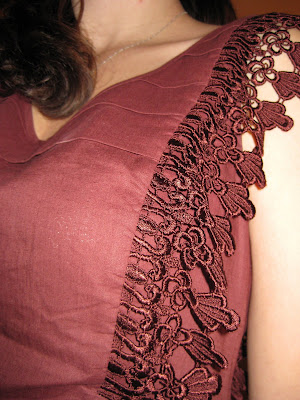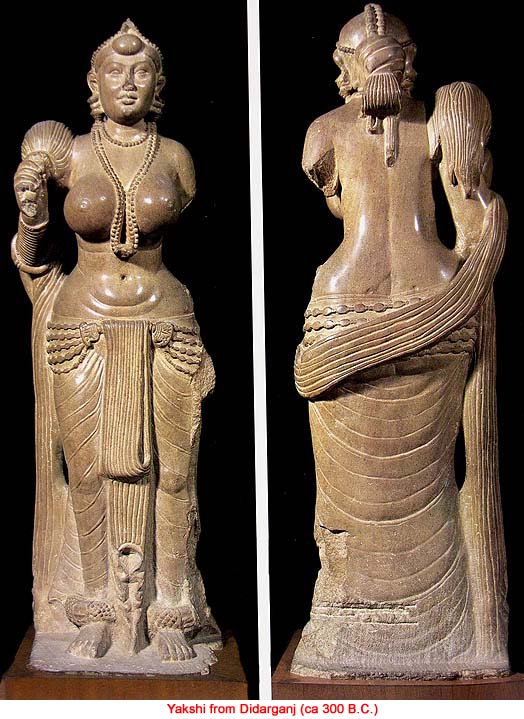May 30, 2009
I'd like to thank...
May 29, 2009
Just my Luck
May 27, 2009
America, the Beautiful
May 25, 2009
Without a Paddle
May 23, 2009
Holes!

May 21, 2009
I'm a winner.

May 20, 2009
Uptown Girl
May 18, 2009
Black and White and Red All Over


May 14, 2009
Magenta

May 12, 2009
The Slave Next Door
CHAPTER 6
EATING, WEARING, WALKING AND TALKING SLAVERY
Slavery probably crept into your life several times today, some before you even got to work. Rolling off your bed, standing on that pretty hand-woven rug, maybe you threw on a cotton t-shirt. In the kitchen did you make a cup of coffee, spoon in a little sugar, and then kick back with a chocolate croissant and your laptop to check the headlines? After a shower, maybe you drove to the station. Waiting for the train, perhaps you made a couple of calls on your cell phone.
All in all a normal day, but slavery was involved in almost every step. Hundreds of thousands of rugs are hand-woven by slaves in the “carpet belt” of India, Pakistan, and Nepal. Cotton is grown with slave labor in India, West Africa, and Uzbekistan, the world’s second largest producer. Coffee cultivation also encompasses slave labor, mainly in Africa. Enslaved Haitian workers harvest the sugar in the Dominican Republic, the largest exporter of sugar to the U.S. The chocolate in that croissant can also be the product of slavery, from the cocoa farms of the Ivory Coast. Even the steel and iron in your car can be polluted by slavery. From a quarter to a half of all U.S. imports of raw iron in different forms come from Brazil.[i] In that country slaves burn the forests to make charcoal, which in turn is used to smelt ore into pig iron and iron into steel. In America, the single largest consumer of Brazilian iron and steel is the automotive industry, though the construction industry also uses a large amount. Pressed against your ear, that cell phone keeps you connected to friends and family, but also to slavery. Cell phones (and laptops and other electronics) just don’t work very well without a mineral called tantalum. In the Democratic Republic of Congo poor farmers are rounded up by armed gangs and enslaved to dig tantalum out of the ground. Every one of us, every day, touches, wears, and eats products tainted with slavery. Slave-made goods and commodities are everywhere in our lives, but, paradoxically, in small proportions. The volume is unacceptable, but rarely critical to our national economy or quality of life. And slavery in our lives is not restricted to cotton, coffee, cocoa, steel, rugs, and cell phones. The list goes on and on, with new commodities and products turning up all the time. Some of them, such as shrimp, might surprise you.
Huckleberry Finn it ain’t
If there is an archetypical picture of rural youth, it is the barefoot lad with the fishing pole over his shoulder. The dusty riverbanks, the lazy heat, the straw dangling from his lip, it all says that halcyon days are possible in our youth. Today even this picture out of Mark Twain is shot through with bondage. Across Africa and Asia children are enslaved to catch, clean, package, and dry fish. They feed a global demand for everything from shrimp cocktail to cat food. One of the world’s largest consumers of seafood is Japan, but the U.S. isn’t too far behind. Americans imported 2.5 million tons of seafood in 2006, worth over $13 billion.[ii] And when it comes to shrimp, the US imports significantly more than the seafood-loving Japanese. Americans love shrimp, and the little crustacean that was once an expensive specialty food is now as ubiquitous as chicken. More than three million tons of frozen shrimp were imported to the U.S. in 2006.[iii] The huge demand for shrimp in the U.S. and other rich countries has generated a gold rush along the coastlines of the developing world. From India to Bangladesh, from Indonesia to Ecuador, Guatemala and Brazil, coastal forests, mangrove swamps, and natural beaches are ripped up to build hundreds of thousands of acres of shrimp farms. In all of these places adults and children are enslaved to cultivate and harvest the shrimp.[iv] In some cases whole families are caught in debt bondage slavery, in others children are kidnapped and hustled off to shrimp and fish farms on remote islands. Children are regularly enslaved in fishing and shrimping, since kids can do the work and they are easier to enslave and control.
In Bangladesh, boys as young as eight are kidnapped and taken out to remote islands like Dublar Char off the southwest coast. Sold to the fishing crews for about $15, they are set to work processing fish on shore for 18 hours a day, seven days a week. If the boats return with a large catch they might work several days with no sleep at all. Like robots they clean, bone, and skin fish; shell mussels, shrimp and crab, and wash squid to remove the ink. Other children sort, weigh, check, and load the haul, processing and preparing the fish for freezing and shipment. The slaveholders sexually abuse the boys and beat them regularly. They get little food, no medical care, and sleep on the ground. If they sicken or are injured and die, they are thrown into the ocean.[v] Dublar Char was raided and the children freed in 2004 when researchers linked to the US anti-slavery group Free the Slaves discovered the situation. They worked with the State Department’s anti-trafficking office to bring diplomatic pressure on the Bangladeshi government, which led to a raid by military police. (The local police were on the take from the gangs running the island).
No one knows how many other remote islands conceal such slave camps. Much of the fish and shrimp from these islands enters the global markets and then comes to the U.S. Dublar Char is just one example of the slave operations that supply our hunger for seafood. Around the island of Sumatra in Indonesia the sea is dotted with what appear to be ramshackle rafts. They are actually fishing platforms, crudely lashed together and moored up to twenty miles off the coast. There are some 1,500 fishing platforms in this region, each holding three to ten children whose only avenue of escape is a twenty-mile swim. Promised a good job, they are left on the platform to cast nets, catch fish, and clean and dry the catch. In heavy weather the platforms can break up, children can be swept overboard, or they might simply fall through the holes in the rough bamboo deck. On irregular visits, the boss collects the fish and administers beatings to increase productivity. As in Dublar Char and so many other places, the children are sexually abused, and if they become ill, there is no relief. If they die of illness or injury, they are simply rolled into the water. The revenues from Indonesian fish exports reached $5 billion in 2006; America is one of the top destinations for frozen shrimp, canned tuna, tilapia and sea crab from that country.[vi]
[i] See: Michael Smith and David Voreacos, “The Secret World of Modern Slavery,” Bloomberg Markets, December 2006.
[ii] See report of National Marine Fisheries Service, at http://www.nmfs.noaa.gov/fishwatch/trade_and_aquaculture.htm. Accessed Aug. 2007.
[iii] Shrimp imports also reported at: http://www.nmfs.noaa.gov/fishwatch/trade_and_aquaculture.htm.
[iv] See for example, “Dying for your dinner” Environmental Justice Foundation, accessed at http://www.csrwire.com/PressRelease.php?id=1932; and Report No. 32 on Forced Labor in Burma, International Labor Organization, accessed at http://burmalibrary.org/reg.burma/archives/199809/msg00281.html.
[v] Report on Indonesian Fishing Platforms, Anti-Slavery International, 1998.
[vi] See: http://goliath.ecnext.com/coms2/gi_0199-779909/Indonesia-hopes-to-increase-fish.html#abstract. Accessed Aug. 17, 2007.
May 10, 2009
I'm on a boat!


May 8, 2009
Look Familiar?

May 7, 2009
XOXO Gossip Girl





May 5, 2009
Blue Moon








































